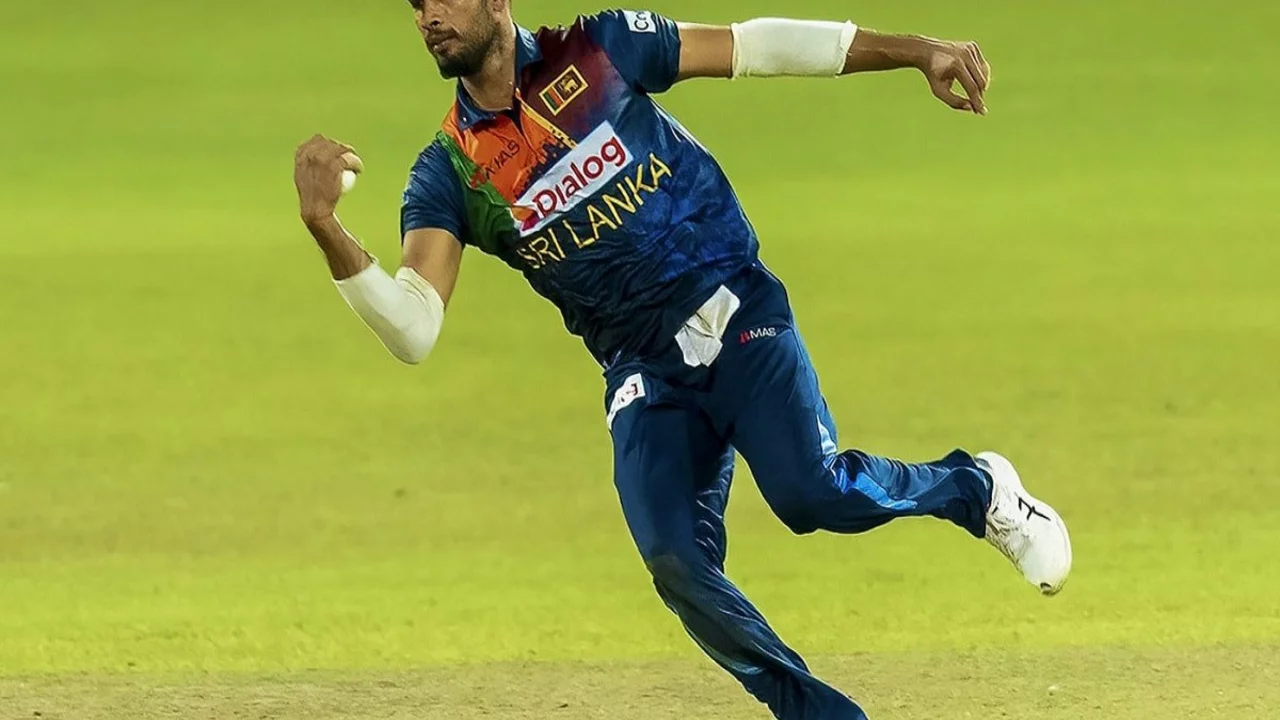Sri Lankan Cricket: History, Formats, and the Road Ahead
When talking about Sri Lankan cricket, the sport as played by Sri Lanka’s national teams and domestic clubs. Also known as Lanka cricket, it has grown from colonial roots to a proud international presence, delivering World Cup triumphs and unforgettable moments.
The sport’s global direction comes from the International Cricket Council, the world governing body that sets rules, organizes tournaments, and ranks teams. The ICC determines eligibility for events like the T20 World Cup, which in turn shapes squad selection and funding for Sri Lankan cricket. Because of ICC‑driven calendars, Sri Lanka must balance Test, ODI, and T20 commitments, a challenge that drives strategic planning across the board.
Domestic engine and talent pipeline
At home, the Lanka Premier League, a franchise T20 competition that showcases local stars and overseas talent acts as a springboard for young players. Performances in the LPL often lead to national call‑ups, linking grassroots development with international ambition. The league also attracts media attention and sponsors, fueling investment in coaching academies and facilities.
Sri Lankan cricket embraces three main formats. Test cricket tests endurance over five days, requiring deep technique and mental stamina. One‑Day Internationals (ODIs) condense the game to 50 overs, emphasizing strategic pacing. T20 cricket squeezes action into 20 overs, demanding explosive batting and innovative bowling. Each format follows the same scoring fundamentals—runs, wickets, overs—but the tactical weight of each element shifts dramatically, making understanding the scoring system essential for fans.
Stadium standards matter too. The cricket ground, the playing field defined by ICC dimensions of 137‑150 m length and 64‑82 m width influences match outcomes. Sri Lanka’s iconic venues like R. Premadasa Stadium and Galle International Stadium meet these criteria, offering varied pitch conditions that shape batting and bowling strategies. Ground size also dictates how boundaries are set, which directly impacts scoring trends across formats.
Technology has become a game‑changer. Free live cricket data APIs provide real‑time scores, player stats, and match commentary, enabling fans to follow Sri Lankan cricket from anywhere. Developers integrate these feeds into apps and websites, broadening the sport’s digital footprint. Meanwhile, social media platforms host vibrant fan discussions, dissecting everything from selection debates to tactical nuances.
All these pieces—governing bodies, domestic leagues, formats, venues, and data tools—interact to shape the present and future of Sri Lankan cricket. In the collection below you’ll discover deeper dives into player retirements, scoring explanations, league reviews, and more, each shedding light on how the sport evolves both on and off the field. Explore the articles to see how these elements play out in real match stories and analysis.
